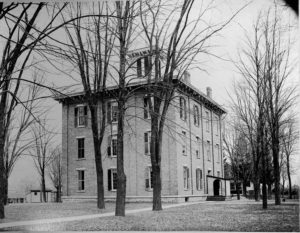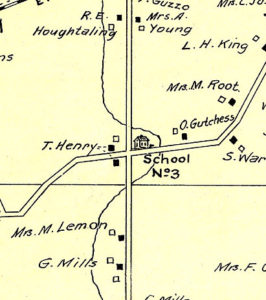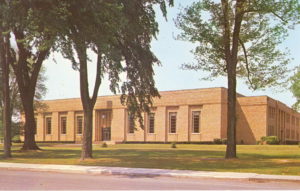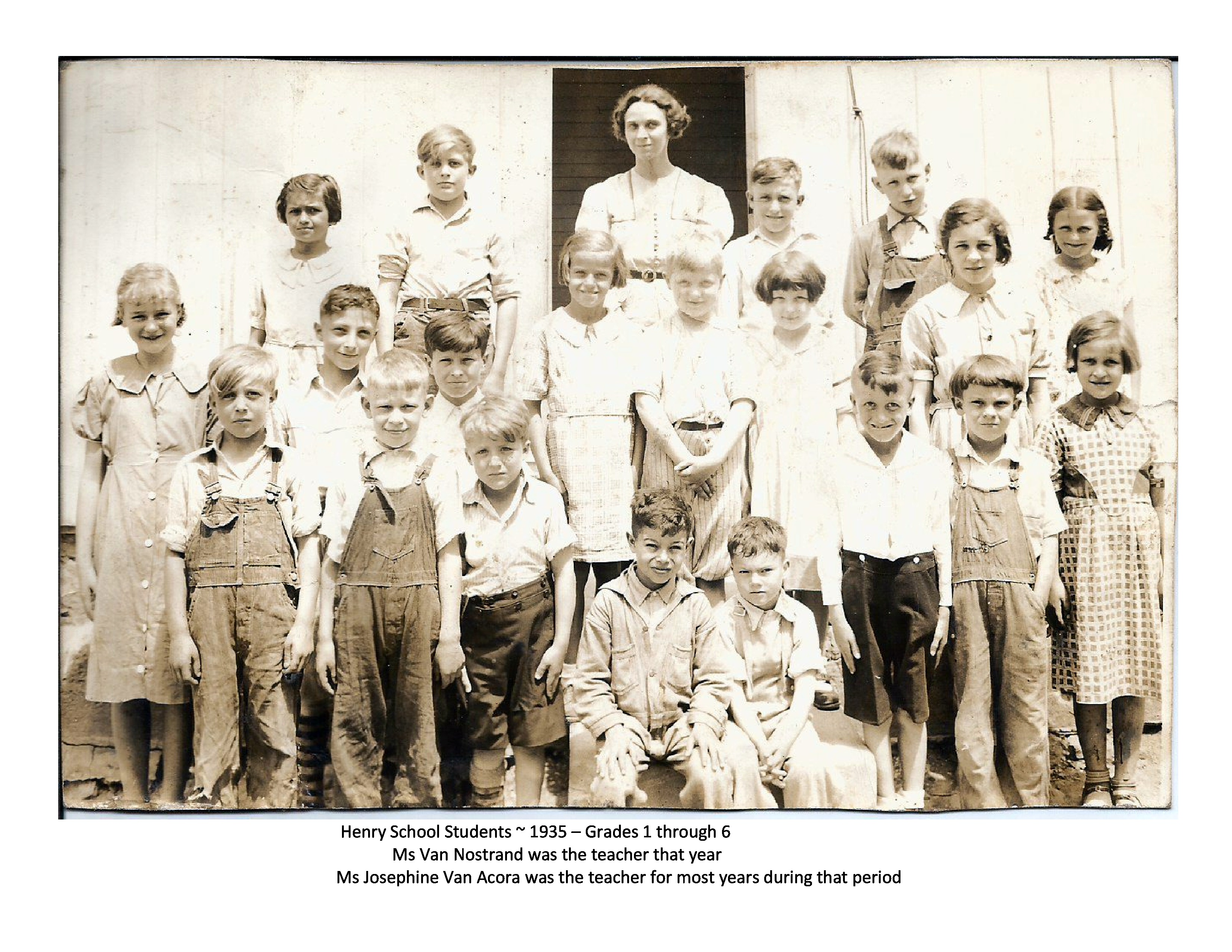The idea that schooling was for everyone, and not just the wealthy, dates back to the beginning of the country. In 1787, Alexander Hamilton spoke about the need for the common school, and this was echoed by Governor George Clinton, that everyone should have access to at least the basic education of reading, writing, and math. This effort fell apart by 1801, and for years after, any schooling was private and church based. Basically, you had to have money to learn. In 1812, the laws were changed that laid the foundations of the basic school district, with each district having it’s own school. And although the State had some control, most of the decisions concerning their new school were left to the Town government. In a time when transportation was by foot or horse, having a whole bunch of local schools within walking distance made sense. Thus the one-room schoolhouse was born. By 1865, there were over 11,700 of these schools dotted across New York State. For most kids, school was mandatory up to the age of fourteen, or the sixth grade. In the villages and cities, the larger population could support a larger school or academy where kids could go beyond the grade school classes. In Port Byron, the local Academy began in 1858. Dawn Roe has an excellent history of the Port Byron Academy on her blog at https://pbfreeacademy.blogspot.com/.

The location of the rural schools were noted on all the maps of the period. Prior to 1859, when Montezuma, Throop, and Mentz were all one town, there were over twenty schools scattered across the land. Finding them on a map is a good time killer. They are a bit easier to find on the 1875 map since the districts are noted and highlighted by a change in color. The 1904 maps even have a simple little drawing of a building to denote the schools.

After 1859, Mentz, had six or seven district schools. The village school was District One. The map shows a second District One in the Oaklands, however, this was a shared district with Brutus, and the school itself was just across the town line. District Two was on Centerport Road, just south of Nauvoo Road. There is a bit of a foundation there which might have been the location of the schoolhouse. I am puzzled as to why they didn’t locate it more in the center of Centerport, which was a thriving little settlement at the time. District Three was called the Henry School, likely because John J Henry lived next door. It was located on the corner of what is today Rt 31 and Trumble. An interesting bit of history is that Trumble Road was called the Henry School Road before the Thruway divided it into two roads in the 1950s. District Four, which may have been called the Hayden School, was located at the intersection of Hayden and Halsey/Powers Road. If I recall correctly, Penny Heltzer placed this school in the wetlands that is there today. Again, it is a puzzle why they didn’t locate it more in the center of Haydenville. (I found a note that dates the deed for this school back to 1838.) District Five was the Yellow School, located at the intersection of North Main and Conquest roads. There was no Yellow family, so maybe it was painted yellow? The Howland Island Road is sometimes seen as the Yellow School Road, although the bit by the school was rerouted years ago. I think this is the only school building that remains intact. District Six was another shared district, this time with Montezuma. The schoolhouse was across the town line on Highbridge Road.
After the school fire of December 1935, the push was on to centralize all the schools into one building. For years prior the State had been pushing municipalities to consolidate the rural school districts. A larger school has the resources to provide a better education with more teachers who specialize in subjects, class rooms with the needed tools, auditoriums, and physical fitness programs. A report from 1923 shows that although other states had been consolidating their rural schools, New York had not. In all, twenty school districts from Mentz, Montezuma, Brutus, Conquest, Cato, Aureilus, and Throop. would be centralized into the Port Byron Central School. A fun fact is that the school architect was Carl C. Ade, who designed over 350 schools in western New York. Nearby, the Newark, Ovid, Ontario Center, Waterloo, and Ovid, schools are all Carl Ade designs.

If we ever get beyond this pandemic, plan a visit to the Brick Church School, which is north of Weedsport on Rt 34. It is maintained by the CIVIC historical society, and it is a nice place to visit to see what life was like in a rural school.

2 thoughts on “Mentz’s One-Room Schoolhouses”
Is there a current map to show where all the old schools were? Would be a fun day trip seeing where they were or still are.
No map that I know of. I found that by using the maps on the Cayuga County Genweb site (https://www.cayugagenealogy.org/), and Google Maps, you can follow the roads. They don’t change much.
Comments are closed.